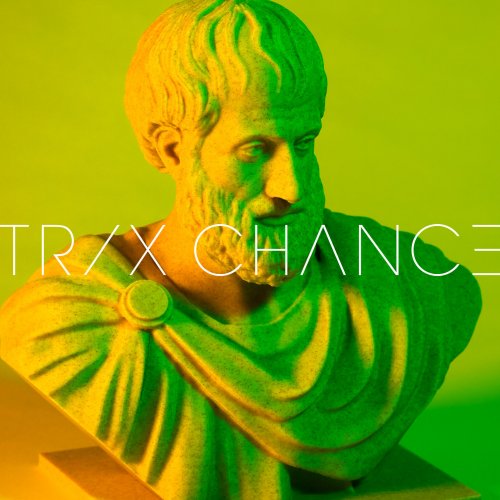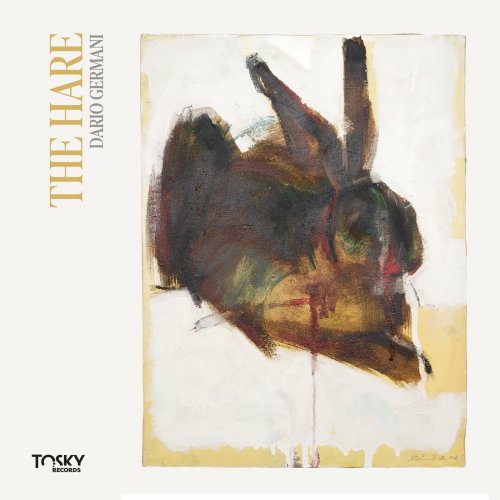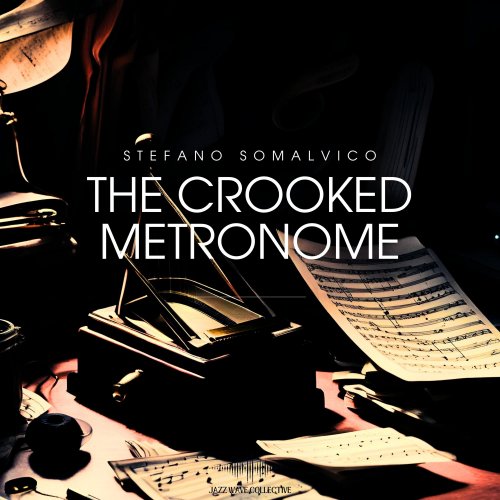Artist:
Emanuela Ferrari, Francesco Esposito, Paolo Ragni, Rino Trasi, Urban Cluster
Title:
Time dances on the train to Baltimore (Summer)
Year Of Release:
2024
Label:
Da Vinci Jazz
Genre:
Jazz
Quality:
FLAC (tracks) [96kHz/24bit]
Total Time: 1:06:58
Total Size: 1.19 GB / 284 MB
WebSite:
Album Preview
Tracklist:1. Minimal (08:15)
2. Time dances on the train to Baltimore (dedicated to Aila) (12:30)
3. The Four Seasons (Autumn) (11:56)
4. The Four Seasons (Winter) (06:13)
5. The Four Seasons (Spring) (08:04)
6. The Four Seasons (Summer) (10:03)
7. Nocturnal in Vigata (09:53)
My daughter resides in Washington but is employed in Baltimore. Frequently, she travels by train between the two cities and during these journeys, she sends me photographs. These images often depict bleak, colorless forests; at other times, infinite horizons captured from immense bridges where the sea’s end and the sky’s beginning merge into a continuous, uniform gradient. Or perhaps abandoned tracks that seem relics of railways from the previous century. I envision her rising from bed, mentally reviewing her schedule, hastily drinking coffee, and heading to the station, anonymous amid the urban throng. Then, seated by the window, she listens to the rhythmic progression of the train as it departs the station. This rhythm gradually lulls her into a semi-conscious state where past, present, and future dissolve, and memories, worries, plans, and desires blend; time passes, flows, and its cyclic nature transforms into a dance. External and internal visions merge into a single whirl of thought. Her mind operates autonomously, making decisions, discerning clarity in life’s complexities, rendering everything more bearable; all seems possible. Upon arriving at Baltimore station, I imagine her alighting, stepping into the city renewed with purpose and optimism for the future. For the moment, the dance of time pauses, awaiting the return journey.
What is Urban Cluster?
The city is a confluence of ideas, projects, dreams, people, and emotions, coalescing into a cluster, a multifaceted, compact, indivisible mass, brimming with energy like a colossal atom. This is Urban Cluster, a total sonic project without stylistic or genre boundaries, perpetually navigating the horizon of improvisation in search of new emotions.
Rino Trasi © 2024
In the post-modern world’s complexity, which has blurred the distinctions between musical genres, the jazz banner now encompasses an extremely diverse musical offering, from conservative jazz to exploratory and those heavily influenced by contemporary music. From the initial notes, it is clear that Urban Cluster demands our attention as it ventures far from be-bop recollections, conducting a comprehensive exploration across prog, contemporary music, and a certain jazz-rock from decades past, with a personalized and often expansive compositional approach. The unsettling harmonies of the opening piece “Minimal,” created by unearthly electronic sounds, transport us into a realm of total experimentation that quickly focuses around dissonant, repetitive motifs; a type of minimalism aware of the 1970s experiments by Steve Reich, albeit revised in a prog-rock key. These motifs create a backdrop for improvisations, first in a free style by a clarinet emitting primordial sounds even when played in pieces, followed by a synth bass resembling the soundtrack to an alien landing, while in the background, a piano sporadically generates a continuous engine of clusters. This might suggest a turn towards free degeneration, but Urban Cluster maintains a structure supported by drums marking asymmetrical but recurrent beats, concluding the piece with a new lunar electronic sound. After this initial shock, we are catapulted into the dreamlike and surreal world of the piece providing the album’s title, i.e., “Time Dances on the Train to Baltimore.” Here, we directly encounter the piano and guitar, supported by an intricate treatment of live-electronics that creates a background texture within which the seemingly natural sounds of the instruments are immersed. The wholly improvisational linguistic fabric is evident from the outset, moving exclusively around minor triads and generating a sort of permanent stasis. However, it soon flows towards a harmonically curious “American” sequence, upon which a sparse theme of poignant melancholy develops, around which improvisation conjures a world too rich to be merely labeled as country but which certainly evokes a strong American folk identity. The melancholy soon shifts into unease and the unease into a distressing dream that towards the end opens like a ray of sunlight onto newfound serenity at the journey’s end. Perhaps we have arrived in Baltimore. Of all the album’s pieces, this one exhibits a certain engagement with contemporary music, undoubtedly part of the group members’ educational paths. Leaving the American shores, Urban Cluster returns in full and presents us with a cycle of four interrelated pieces known as “The Four Seasons.” Here, Urban Cluster navigates its own post-modern world of significant polystylistic contamination but with an undoubted twentieth-century matrix. The cycle begins with “Autumn,” and it is immediately apparent that descriptive onomatopoeia is part of the musical project. All four seasons feature thematic structures alternated with spaces for improvisation of various approaches. Sometimes the formal structure of classic jazz is maintained; at other times, the structure is freer, with sections of atonal and modal improvisation intentionally inserted into more expansive formal frameworks. The entire cycle seems to reference the prog world of the ambitious formal constructions of the 1970s when a piece could last an entire LP side. However, Urban Cluster seems to go further, tracing the stylistic matrix of those years back to the source, seeking the origins of that language in the so-called historical twentieth century. There are indeed references to great composers, as in the joyful rush of “Summer,” which pauses around Stravinsky’s Canticum Sacrum, or in the glacial theme of “Winter,” which takes its first steps from a citation of a Foertner sonata. All this is occasionally blended into a rhythmically sometimes vaguely fusion mood. What binds the stylistic eclecticism is a keen attention to form, always driven by an expressive need akin to a post-modern symphonic poem. The album concludes with a curious piece for solo clarinet and guitar, “Nocturne in Vigata,” intended as a tribute to the quintessential Sicily of Andrea Camilleri’s literature and its television adaptation; a long meditation in the night, immersed in the scent of helichrysum and orange blossom, awaiting dawn. The compositional mind of the group is Rino Trasi, bassist and guitarist, but the margins for improvisation and the complexity of the arrangements suggest that the final product owes much also to the other members of the ensemble and that with other musicians the same ideas would have reached different territories. Urban Cluster does not tell us much about their individual stories. These musicians are no longer young, but in a young formation. The depth of their ideas and their instrumental skill tell us that the road they have already traveled separately is long, but perhaps as a group, they consider this first album the beginning of a new path. We will see how it continues.
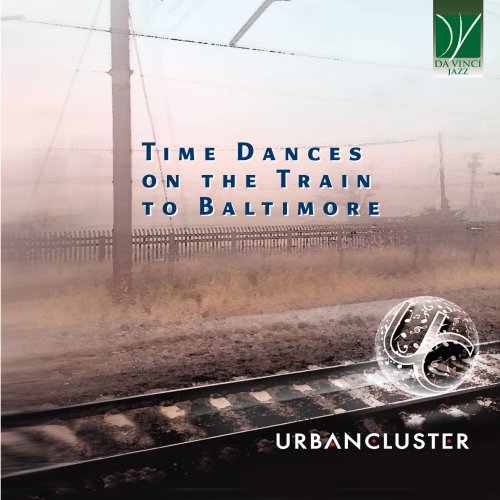

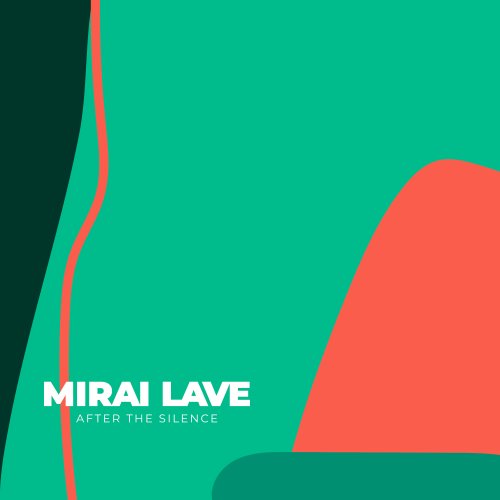
![Ilja Reijngoud, Ed Verhoeff - Peace (2025) [Hi-Res] Ilja Reijngoud, Ed Verhoeff - Peace (2025) [Hi-Res]](https://www.dibpic.com/uploads/posts/2025-12/1765496183_s8v4szro856ma_600.jpg)
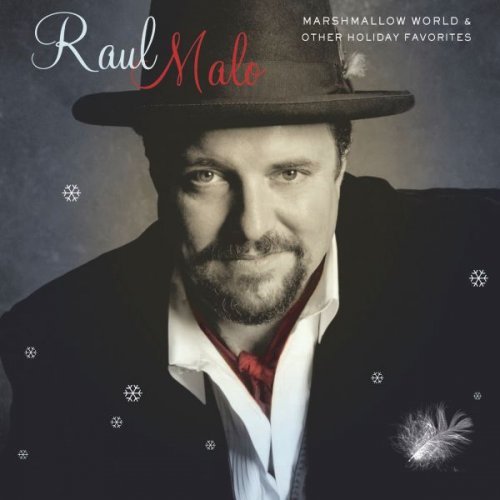

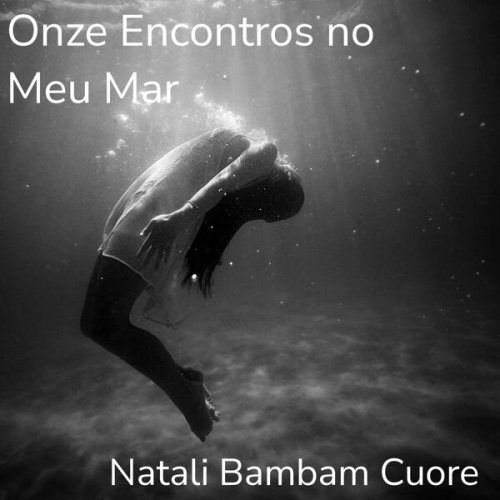
![Stefan Lovin - Heaven Shines Like Silver (2025) [Hi-Res] Stefan Lovin - Heaven Shines Like Silver (2025) [Hi-Res]](https://img.israbox.com/img/2025-12/12/iof4nx75kf3sa1i0vq1k07kqg.jpg)
